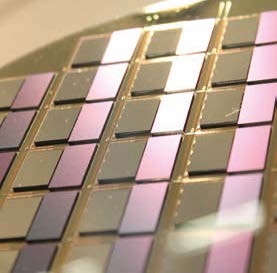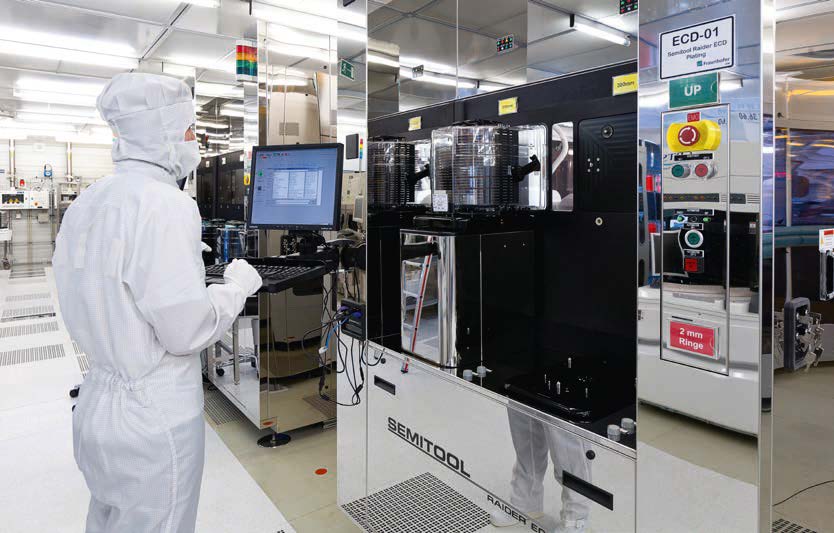System architectures straight from the construction kit
Fraunhofer IZM is paving the way for innovative system architectures based on chiplets.



As miniaturization progresses, Moore’s Law will also reach its limits at some point: production in the 7 nm range is already underway and the jump to the 5 nm range is imminent. With conventional system architectures, the development costs of chips of this size are hardly economically viable. Further increases in performance will require a change to modular chip architectures, as Moore himself anticipated as early as 1965. One promising approach for a “construction kit system” such as this includes what are known as chiplets.
Chiplet technology
Chiplets are integrable individual components with which a wide variety of IPs can be combined in a modular fashion. This principle allows the use of already existing structures, so that only a few parts – e.g., those in the sub-7 nm range–- have to be redesigned. This minimizes the development costs for new, more powerful chips and also increases their energy and space efficiency. This approach also allows analog or III-V components of an IC, combined with newly designed functions, to be assembled on a chip – an ideal basis for heterointegration.
Chiplets are already in use today and could soon become the new basic structure of technology development in the semiconductor industry.
Perspectives and challenges
The Fraunhofer Institute for Reliability and Microintegration IZM is developing both high-density 3D wiring systems on silicon and organic substrates and equipping technologies to further explore the possibilities of chip technology. Researchers at Fraunhofer IZM are also working on questions of reliability and the optimization of power loss, which are of central importance especially for applications such as autonomous driving.
Last modified: